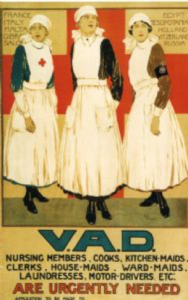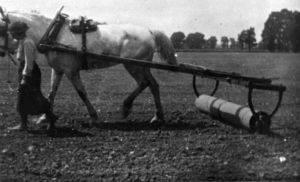
Poirot Score: 71
The Mysterious Affair at Styles
☆☆☆
Reasons for the Poirot Score
The Mysterious Affair at Styles is Agatha Christie’s first published novel. It introduces us to her most famous detective, Monsieur Hercule Poirot. All Christie’s story telling technique, the quality of the writing, and her humour are already evident. The plot is good, there is some excellent reader misdirection, and a good range of suspects. There are some decent clues. But solutions other than the one given are possible and indeed plausible and the mechanism of the murder is based on some rather esoteric pharmacology. Overall an excellent read and the plot and puzzle are great fun so this is worth a decent score, but the clueing and solution are not yet comparable with Christie at her best.
Full Review (spoilers ahead)
Click here for full review (spoilers ahead)
Trivia
Styles House
In the novel Styles Court is situated in the county of Essex to the north-east of London. In the first half of the 1920s Agatha Christie and her (first) husband, Archie Christie, were living with their daughter Rosalind in a flat near Sunningdale – a village in Berkshire, near Windsor, and to the west of London. Sunningdale had a golf course and Archie’s passion was golf (and, increasingly, his golfing partner Nancy Neele). In 1926 the family moved, not very far, into their first house together. In an acknowledgement to Christie’s first novel they called the house Styles.
VAD
Cynthia Murdoch is introduced in chapter 1: “A young girl in VAD uniform ran lightly across the lawn. … Cynthia Murdoch was a fresh-looking young creature, full of life and vigour. She tossed off her little VAD cap …”
VAD stands for Voluntary Aid Detachment. This was a British voluntary organisation that provided, mainly, nursing services especially during the two World Wars. The individual volunteers were not fully trained nurses. Cynthia Murdoch was relatively unusual in working in the dispensary (pharmacy) and not in nursing. Agatha Christie worked for the VAD during the First World War.
Green land armlet
Mary Cavendish, we are told, is in the WLA. The Women’s Land Army (WLA) was created during the First World War in Britain. The women carried out all the work needed for a farm to function. They were needed because so many of the men were away in the armed forces. The women in the WLA wore a green armband.
Woman in WLA during World War 1.
This picture is taken at Ashwell in Hertfordshire,
not far from Essex where Styles is said to be located.
[http://gallery.nen.gov.uk/asset652618-.html]


